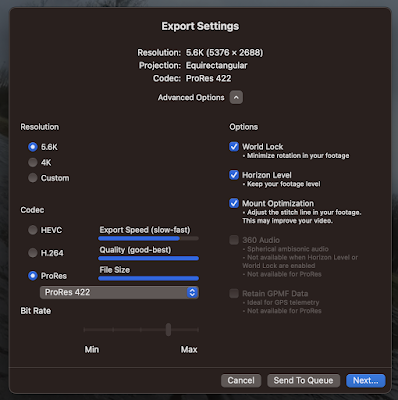I'll just capture some selected visualisations for earthquake data. Many earthquake visualisations employ heat maps to capture a cumulative representation, displaying geographical location, occurrence, intensity, depth and related earthquake specific data. Because earthquakes are temporal events timelines, play-animation, and time-sliders are often used to represent the dynamic aspect. However, because earthquakes are geologically dispersed the more interesting visualisations are at continent/region level. Earthquake occurrence is temporally sparse i.e. for much of the time significant seismic activity is not evident and therefore makes for relatively static and uninteresting real-time visualisation unless you speed the representation of time or you include the whole global field.
USGS visualisations of the 1906 California earthquake (link
http://earthquake.usgs.gov/regional/nca/virtualtour/) and the United States Geological Service current earthquake list, map, page.
Quake map of New Zealand. Colour and size indicating magnitude, indicators cumulative, sequence list.
 |
| Link http://quakemap.co.nz/ |
Wunderground fault indicator and seismic risk map overlay.
Google Earth plug-in for visualising earthquake data and Google Maps visualisation (link
https://developers.google.com/maps/tutorials/visualizing/earthquakes).
Commercial risk visualisation company IDV Solutions (link
http://www.idvsolutions.com/Demos/).




